The sinking of the RMS Titanic on April 15, 1912, remains one of the most infamous maritime disasters in history. While much attention has been given to the ship’s collision with an iceberg and the tragic loss of over 1,500 lives, less is known about the enigmatic vessel observed near the Titanic during its final hours. This “mystery ship” reportedly failed to respond to the Titanic’s distress signals, a lapse that has sparked over a century of debate and investigation. Initial inquiries pointed to the SS Californian and its captain, Stanley Lord, as the culpable parties. However, subsequent research has cast doubt on this conclusion, suggesting the involvement of another vessel. This article delves into the events of that fateful night, the investigations that followed, and the ongoing quest to identify the ship that abandoned the Titanic in its hour of need.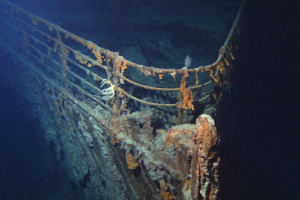
The Fateful Night: April 14-15, 1912
The RMS Titanic embarked on its maiden voyage from Southampton to New York City on April 10, 1912. Commanded by Captain Edward John Smith, the luxury liner carried approximately 2,200 passengers and crew. Despite receiving multiple warnings of icebergs in the vicinity, the Titanic maintained near-maximum speed through the frigid North Atlantic waters.
At approximately 11:40 p.m. on April 14, lookouts spotted an iceberg directly ahead. Despite evasive maneuvers, the ship’s starboard side struck the iceberg, causing fatal damage. Water began flooding the compartments, and it became evident that the Titanic was doomed. Distress signals were sent out, and lifeboats were launched, though there were not enough for all on board
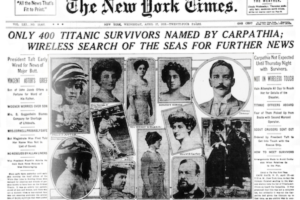 YouTuber Arrested
YouTuber Arrested
The Mystery Ship
As the Titanic struggled in the icy waters, several passengers and crew reported seeing the lights of a nearby vessel. Distress rockets were fired, and Morse lamp signals were attempted, but the ship did not respond and eventually disappeared from view. This vessel came to be known as the “mystery ship,” and its failure to assist became a focal point in subsequent investigations.
The SS Californian and Captain Stanley Lord
The SS Californian, a British steamship owned by the Leyland Line, was in the vicinity on the night of the disaster. Under the command of Captain Stanley Lord, the Californian had halted for the night due to dense ice fields. Its wireless operator had retired for the evening, and the crew observed rockets in the distance but did not recognize them as distress signals. Captain Lord was informed but did not take immediate action.
Both the U.S. Senate and British Wreck Commissioner’s inquiries scrutinized the actions of the Californian and Captain Lord. The U.S. Senate inquiry labeled Lord’s inaction as “reprehensible,” suggesting that prompt response could have saved many lives. The British inquiry concluded that the Californian was “nearer the Titanic than the captain is willing to admit” and criticized the crew’s failure to respond effectively. Captain Lord was never formally charged but faced public condemnation and spent the rest of his life attempting to clear his name.
Reevaluating the Californian’s Role
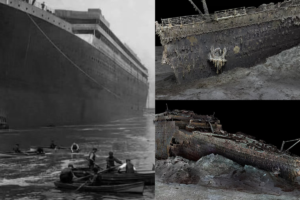
In 1992, the UK’s Marine Accident Investigation Branch (MAIB) reexamined the Californian’s involvement. The report concluded that while the Californian’s response was inadequate, it was unlikely that the ship could have reached the Titanic in time to prevent the loss of life. The report stated, “The effect of Californian taking proper action would have been no more than to place on her the task actually carried out by [the] Carpathia.”
The SS Mount Temple: Another Suspect
Attention has also turned to the SS Mount Temple, a Canadian Pacific Steamship Company vessel. The Mount Temple received the Titanic’s distress signals and reportedly attempted to respond. However, Captain James Henry Moore claimed that ice barriers prevented further progress. Some researchers, including journalist Senan Molony, have questioned the Mount Temple’s actions, suggesting discrepancies in the reported distances and efforts made to assist.
Other Vessels in the Vicinity
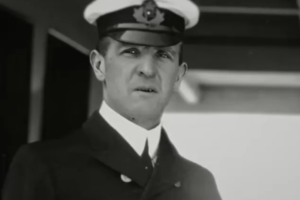
Several other ships were in the area during the Titanic disaster, including the SS Frankfurt and the SS Birma. The Frankfurt, a German vessel, communicated with the Titanic but was too far to provide immediate assistance. The Birma, a Russian ship, also received distress signals and altered course but arrived after the Carpathia had rescued survivors.
The Carpathia’s Heroic Response
The RMS Carpathia, under Captain Arthur Rostron, was approximately 58 miles away when it received the Titanic’s distress call. Despite the distance, the Carpathia navigated through dangerous ice fields at maximum speed, arriving approximately four hours later to rescue over 700 survivors. Captain Rostron and his crew were lauded for their prompt and courageous actions.
Modern Investigations and Theories
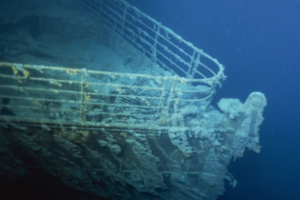
The identity of the mystery ship has continued to intrigue historians and researchers. The 2020 PBS documentary “Secrets of the Dead: Abandoning the Titanic” explored various theories, utilizing expert interviews and historical evidence to shed light on the enigma. While the documentary did not provide a definitive answer, it highlighted the complexities and challenges in identifying the vessel. The question of which ship failed to respond to the Titanic’s distress signals remains unresolved. While the SS Californian and Captain Stanley Lord have borne much of the historical blame, subsequent investigations have suggested that other vessels, such as the SS Mount Temple, may also have been involved. The tragedy underscores the critical importance of maritime vigilance and the dire consequences of miscommunication and inaction. As research continues, the story of the Titanic and the mystery ship serves as a poignant reminder of the human factors that can influence the outcomes of disasters at sea.
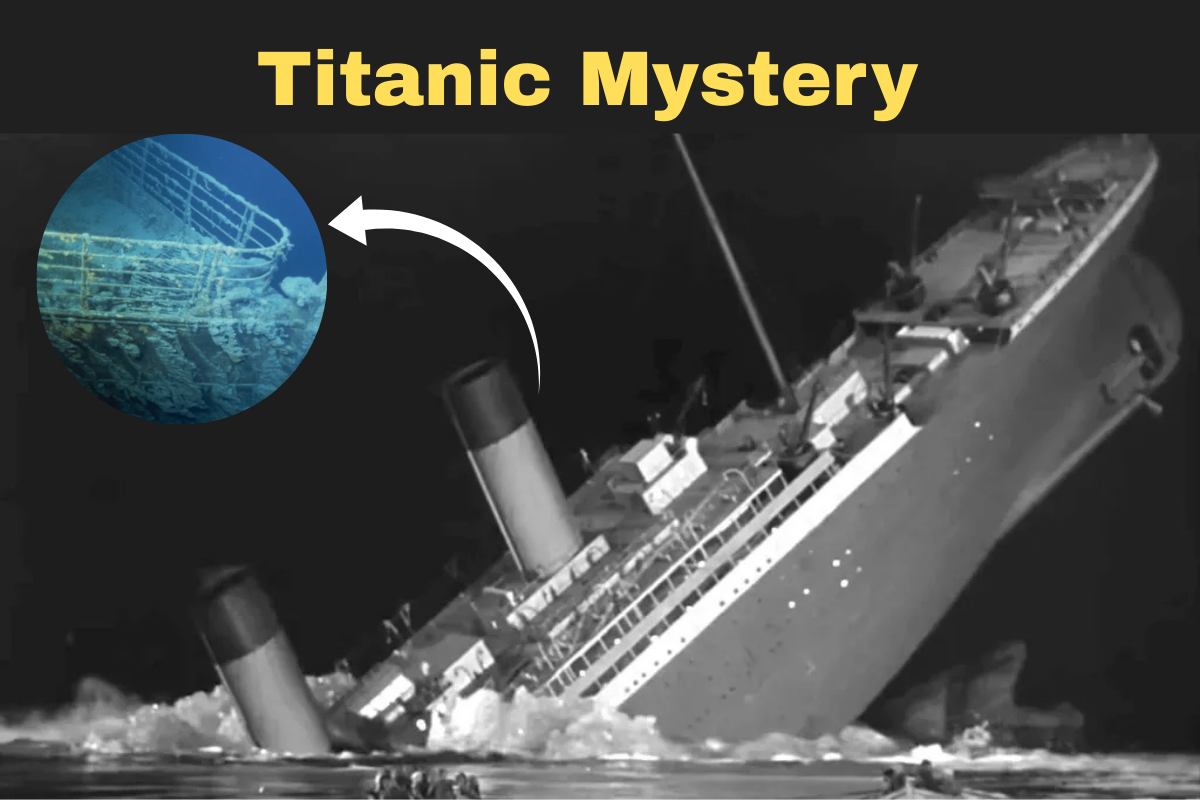




you are in reality a good webmaster The website loading velocity is amazing It sort of feels that youre doing any distinctive trick Also The contents are masterwork you have done a fantastic job in this topic